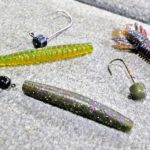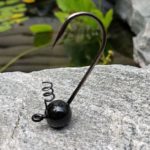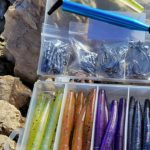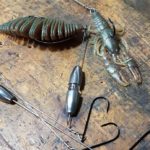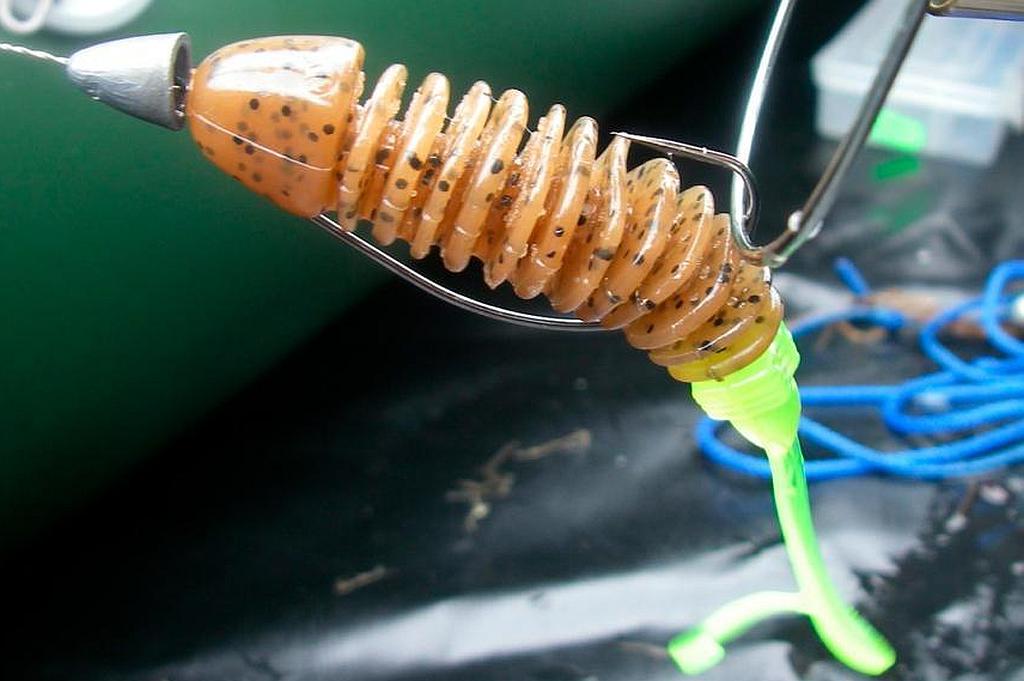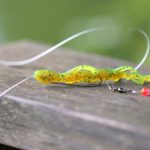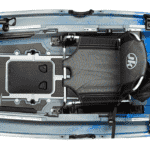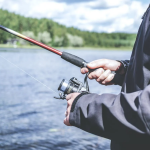Ned Rig has become a go-to for anglers in recent years. In this article we’ll look closer at the Ned Rig and learn some tips and tricks on how to fish it.
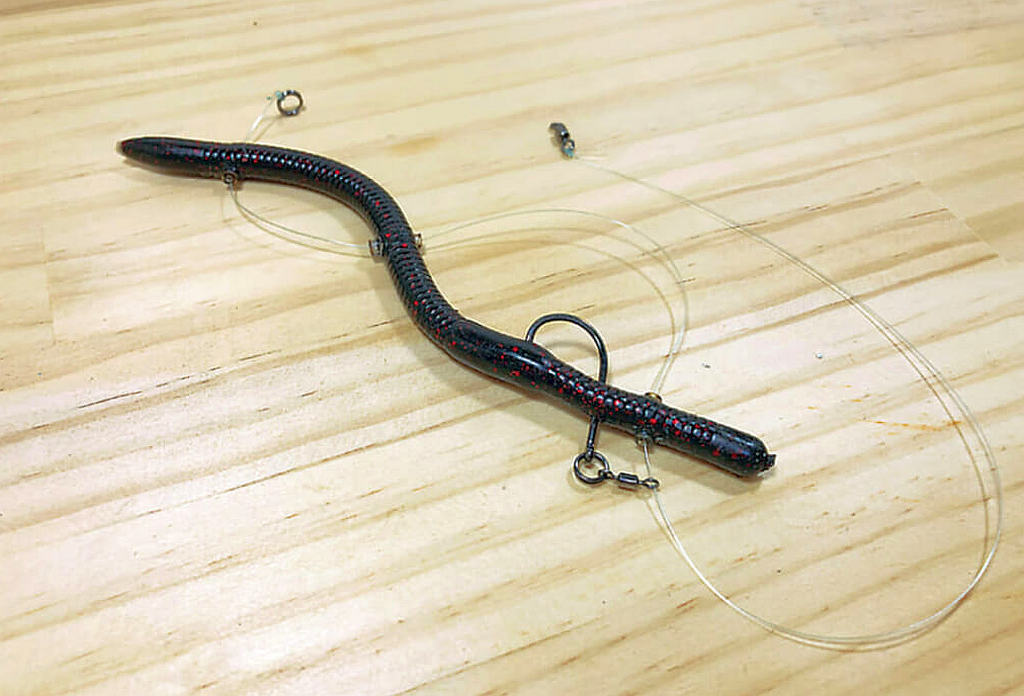
One of the newest rigs to sweep the world of bass fishing, the Inu rig brings a unique take to finesse techniques. Though its appearance and setup may look daunting, it more than pays off in certain situations.
In this article, we’ll break down every part of this rig and see exactly why it’s become so popular amongst anglers.
As an affiliate of Amazon and other retailers, we may earn a small commission when you buy via our links, at no additional cost to you. Thank you!
What is an Inu Rig?
An Inu rig is a finesse worm rig originating in Japan. It consists of a soft plastic worm with inserted tubes skewered through bends in the body.
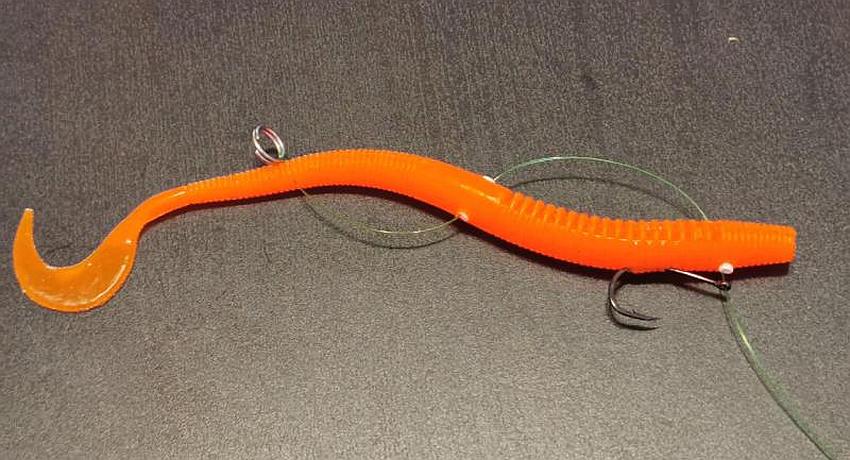
The line is threaded through a wacky hook, the tubes, and then tied to a split ring at the base.
Since the only connection to the line is at the split ring, it gives the worm an incredible action as the line slides through the worm and hook eye.
Why Fish an Inu Rig?
Like with any finesse technique, I like to break out the Inu Rig in tough conditions or when the fishing pressure is super high.
The unique action that the rig gives worms is tough to duplicate with any other rig. Even small twitches give the lure an interesting “slinky” like motion.
Its uniqueness sets it apart as most fish have never seen anything like it. High-pressured bass that have seen every rig in an angler’s arsenal can sometimes be enticed to eat with this finesse technique.
Parts of an Inu Rig
Though it can look a little confusing, there aren’t a ton of parts to an Inu Rig. All you need is a soft plastic, a tube, a hook, and a split ring.
Soft Plastics
For the most part, a plastic worm is the go-to choice for these rigs. Finesse lures like the Zoom Trick Worm and Strike King KVD Perfect Plastic Finesse Worm work great.

You’ll want them on the larger side to make rigging them easier. Pick a worm that’s too small and you’ll have a hard time inserting the tubing properly.
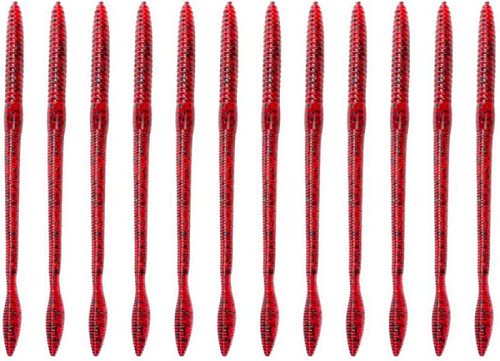
I suggest going no smaller than 5”, with the 6.5”-7” baits being ideal.
Tubing
Don’t overcomplicate it. Coffee sticks are your best friend here to use as a tube (and they’re cheap). The small diameter also means it’ll be easier to thread into the worm.
Hooks
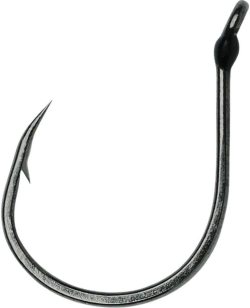
For hooks, I like to stick with wacky hooks in the 1/0-2/0 size. There are tons of great options. My favorites are VMC Ike Approved Wacky Hooks and Gamakatsu G-Finesse Weedless Wacky Hooks if I’m fishing weedless.
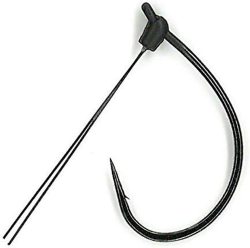
Rings
Just like the tubing, the ring selection is pretty simple. Any basic split ring will work fine. Just be sure to get one that is larger than the diameter of the tubing. Otherwise, you’ll pull the ring right out of the bait.
How to set up the Inu Rig
One drawback to these rigs is the actual setup. It will take you some time to get the hang of it, but after making a few, the assembly process isn’t that bad.
Step 1: Start with a single coffee stick. Using scissors, cut one end at an angle to make it sharp.
Step 2: Take your worm and bend it in an S shape. Lay your coffee stick on top of it to gauge where you’ll insert it. We’re aiming for three points of contact with the plastic tube and the lure.
When judging where to pierce the plastic, make sure the tube sections will be equally spaced out between the head, middle, and tail.
Step 3: Skewer the worm at all three points, ensuring the bait is only bent, not twisted. If it gets twisted the whole rig will be crooked in the middle.
Step 4: Secure the tube into the worm with some super glue. I like to place a drop onto the tube, then slide the worm body over it at all three places. Let the super glue dry before continuing.
Step 5: Using your scissors, cut the tubing flush with the bait body at all three points.
Step 6: Thread the line through the hook, then through the tubing starting at the head and out through the tail section.
Step 7: Tie your split ring to the tag end of the line.
Step 8: Carefully skin hook the hook so that the eye lays flat against the first tube section with the point facing out. This will probably take a couple of tries to get it just right. The goal here is to not bend the bait at all with the hook.
And that’s it! Like with anything else, the more you practice making these rigs the faster the initial setup will go.
Inu Rig Rods
Rod selection for fishing an Inu rig is no different than with any other finesse bass fishing technique.
I personally like to stick with a 7’, medium light, fast-extra fast spinning rod. The sensitive tip will help you feel the bait as you’re fishing it, and the extra length will help you cast a bit further.
I’m a big fan of the St. Croix Premier series for these rigs.
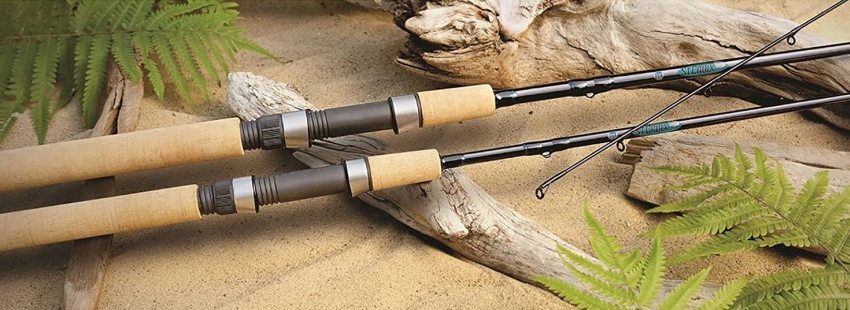
Inu Rig Modifications
As with any rig, there’s always room for modification. The rig itself is relatively lightweight and adding a weight can open up more fishing opportunities to get the bait down deep where bass may be hanging.
For weights, I suggest a simple nail weight in the nose of the bait. This changes the action underwater from the worm laying flat, to now standing up. Each twitch or pop will give it great action, especially as it falls.
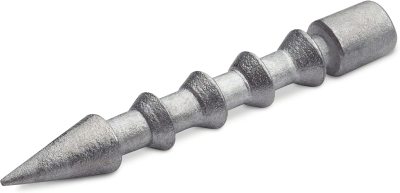
If having the rig stand up isn’t quite the style you’re looking for, there’s always the option of rigging it similarly to a Carolina rig.
Simply take a bullet weight, or egg sinker, and using bobber stops, tie it a couple of feet above the lure. This keeps the weight far from the bait and will help drag it across the bottom.
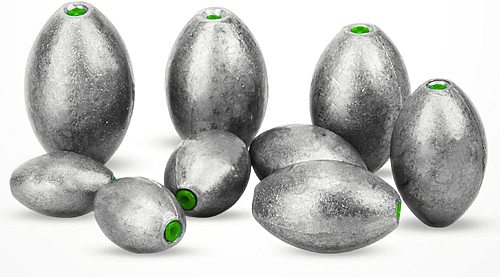
Keep in mind that if you’re adding weight to the rig, it’s best to fish it weedless. There’s a lot of opportunity for grass and vegetation to get hung up on this style of rig.
How to Fish the Inu Rig
There are several different ways to fish this rig depending on where you’re targeting bass and the overall conditions. It can be fished by swimming, dropping, and even dragging across the bottom.
I like to fish these weedless along the edge of vegetation. After casting, I allow the bait to slowly sink with the occasional twitch as it’s falling.
If the bass are holding in the middle of the water column, this is a great chance to present the bait right in front of them and still have good action.
Once the bait has reached the bottom, I like to begin retrieving it with short pops. This raises it off the bottom, and each pop makes the worm scrunch up.
Since the only thing secured to the line is the split ring, every bit of movement brings the tube sections close together which gives it its action.
If the fishing is particularly difficult and I feel like the bass have moved off into deeper water, I’ll add a nailweight to it and begin deep dropping the rig. This can be fished similarly to a drop shot rig by occasionally jigging and letting the bait fall again.
FAQ
The Inu Rig is a great option for both largemouth and smallmouth bass. It shines when the fishing becomes particularly difficult due to weather conditions or overpressure.
Technically you don’t have to use tubing if you can thread the line through the worm cleanly to the ring. However, the line can easily cut right through the plastic and ruin your bait or the ring could get pulled through if you choose to leave out the tubing.
Finesse worms upwards of 5” long work great for Inu Rigs, with the 7” long worms being ideal. I like green pumpkin colors in darker water and pearl colors in clearer water.

